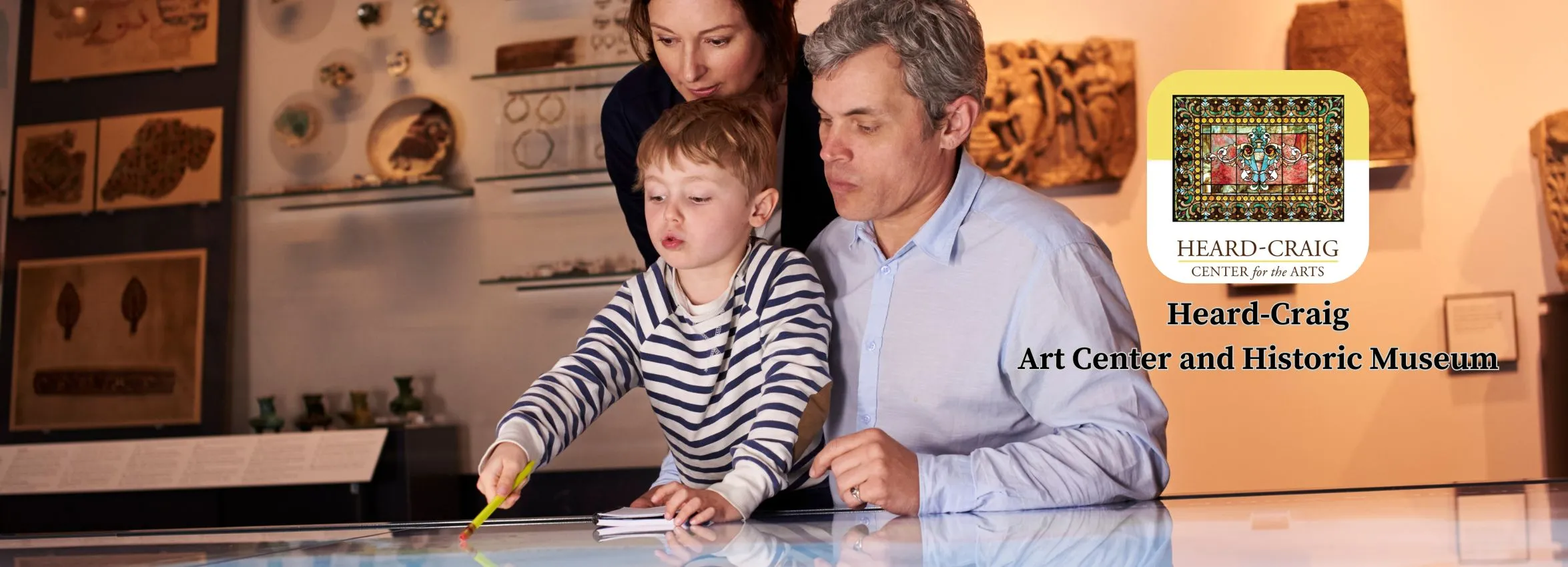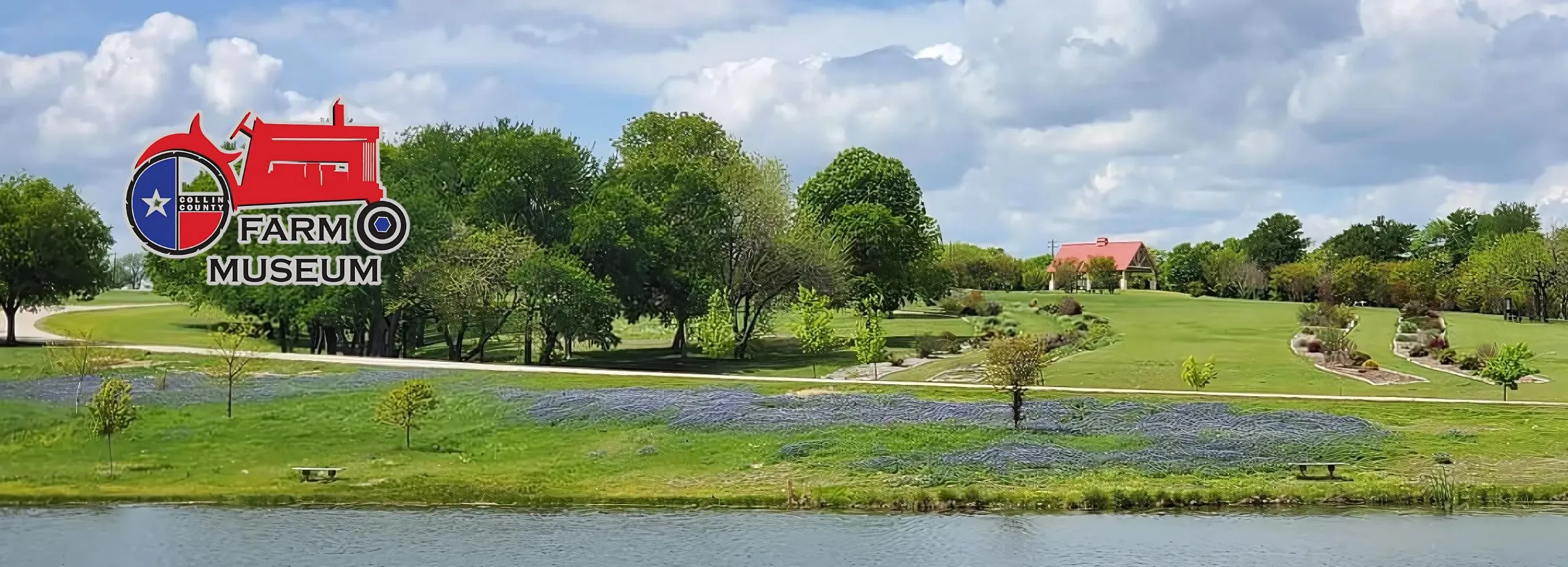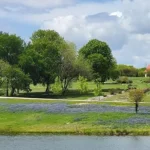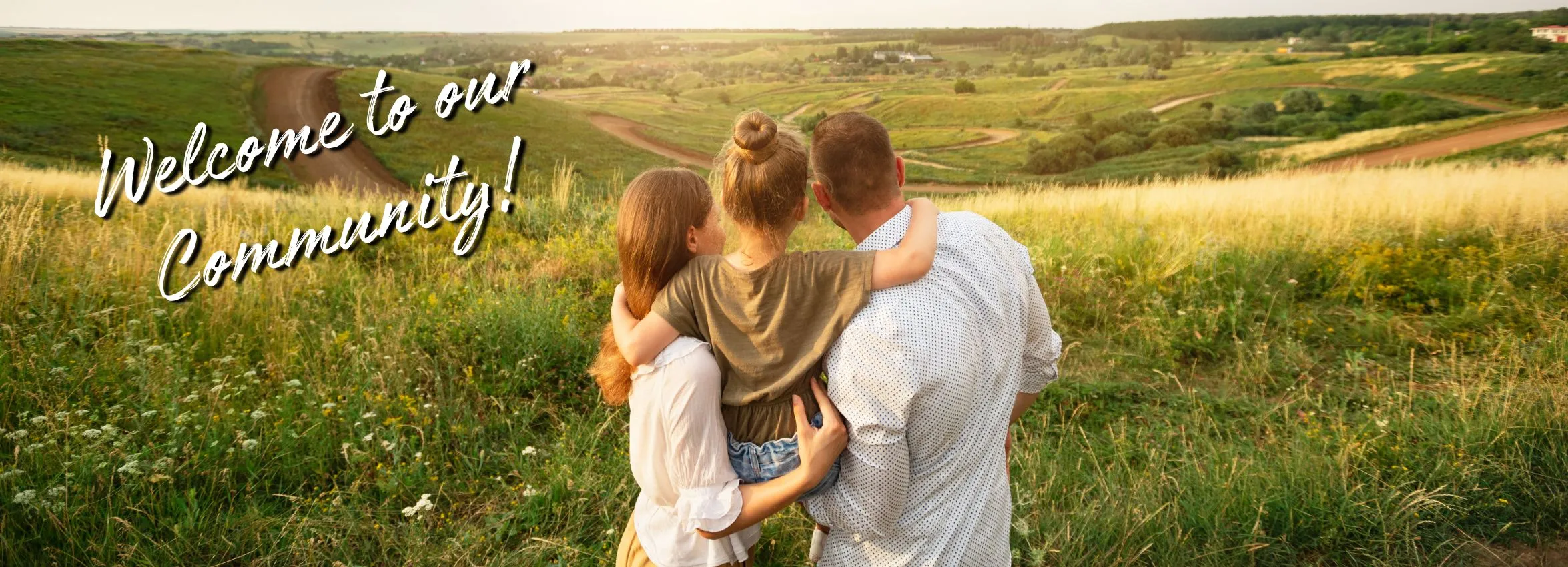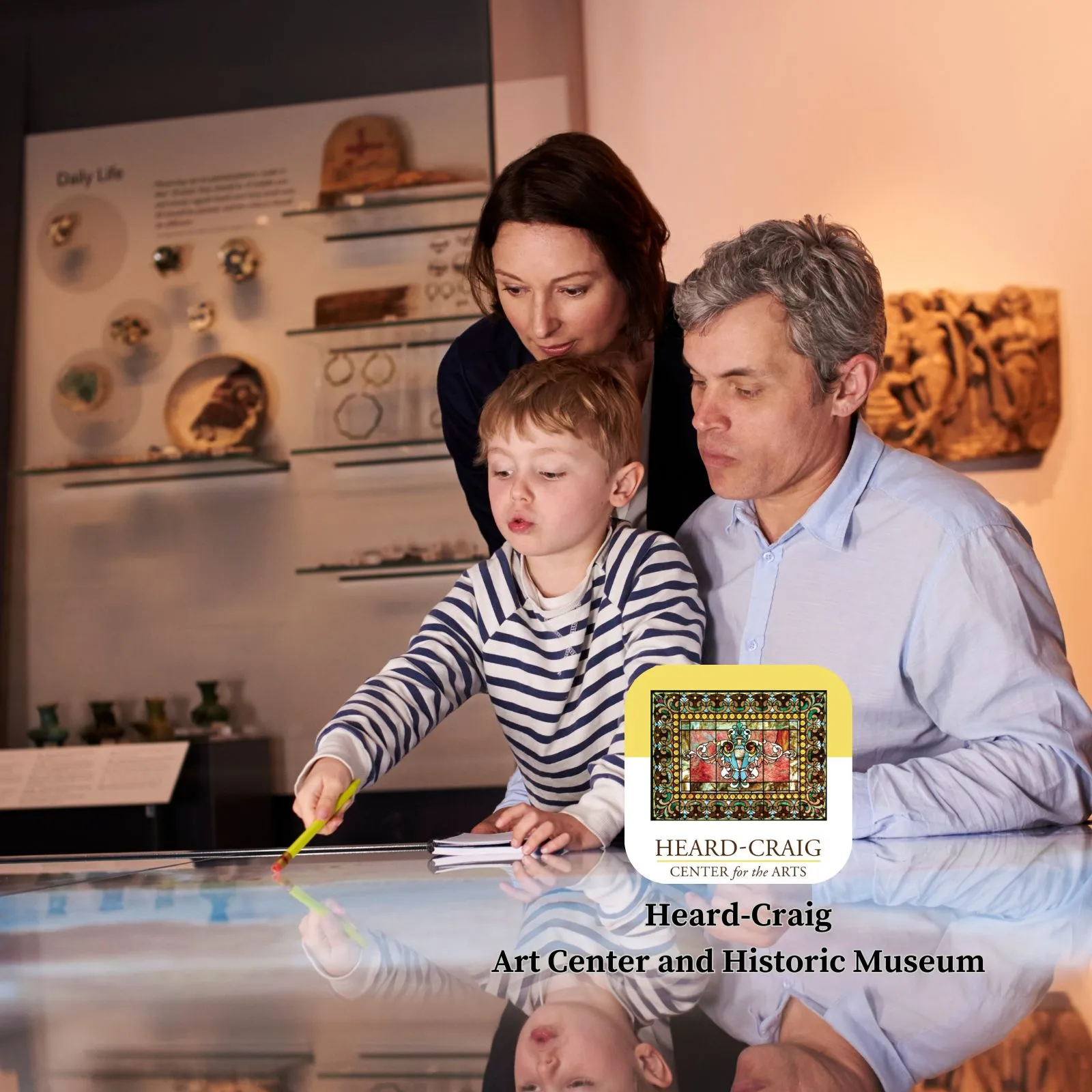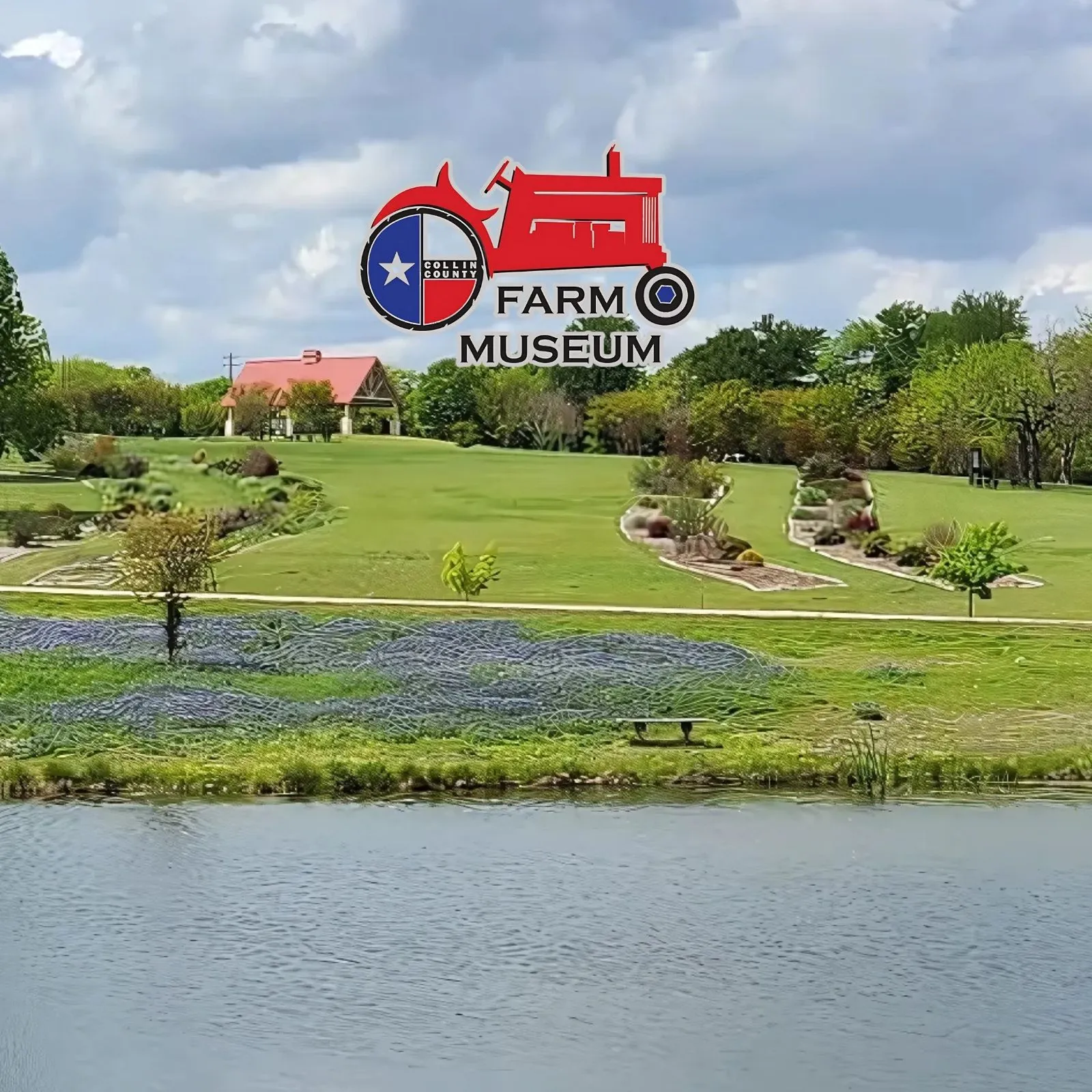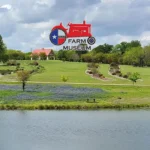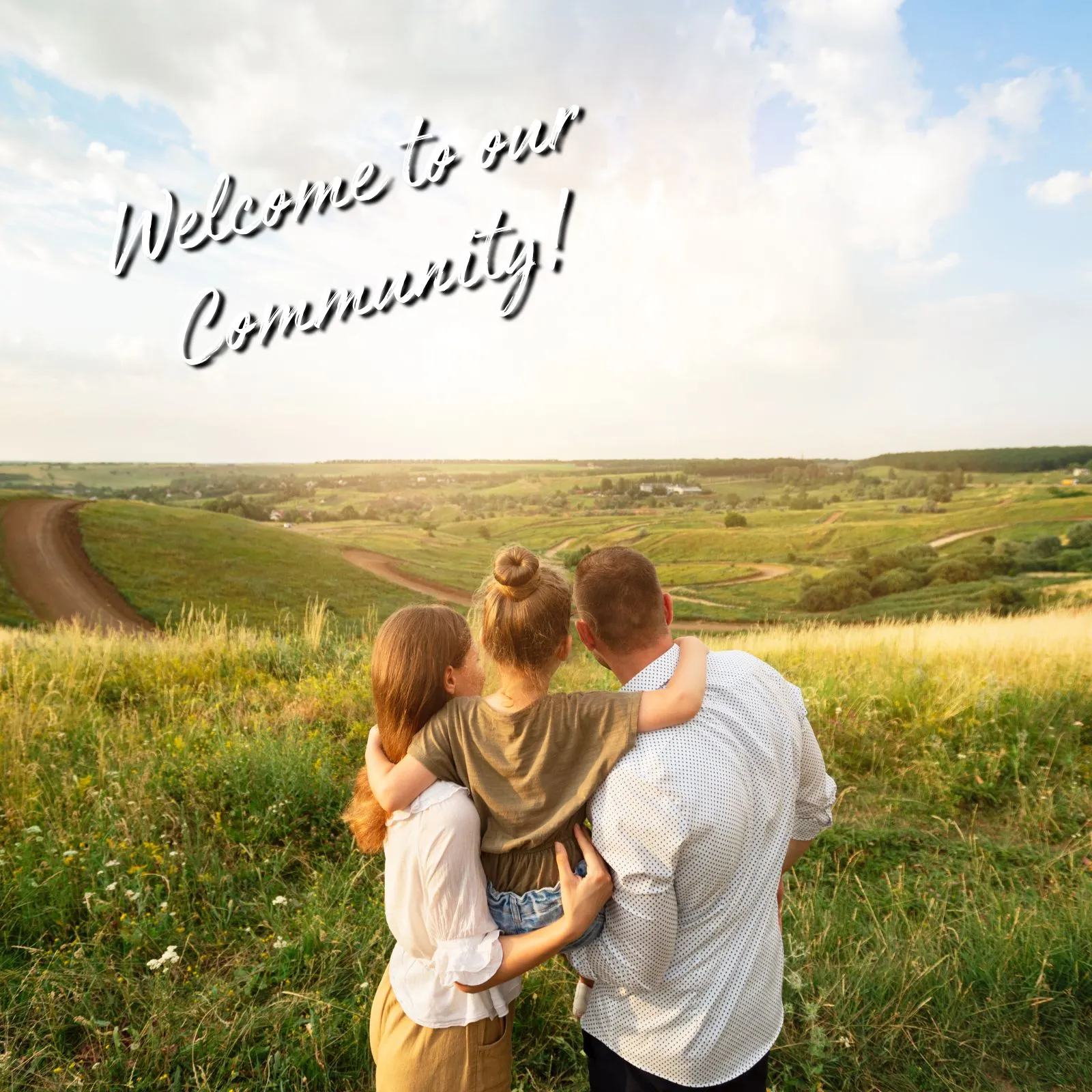History of Fairview, Texas: From Quiet Farmland to Thriving Community
Learn about the fascinating history of Fairview Texas, from its early days to its development into a vibrant community.
Before Fairview: The Native American Presence
Long before European settlers arrived, the area that would become Fairview was part of the rich hunting grounds of several Native American tribes, including the Caddo and Comanche. These tribes roamed the prairies and woodlands, living off the land and establishing trade routes through what is now Collin County.
Their presence left subtle imprints on the landscape—trails, camp sites, and oral histories that remind us of the centuries of life that flourished here prior to modern settlement.
Early Settlement: Pioneers in North Texas
The Republic of Texas era in the 1830s and 1840s brought waves of settlers seeking land and opportunity. Drawn by the fertile blackland prairie soil, homesteaders began establishing farms in the region during the mid‑19th century.
Fairview’s area fell within the jurisdiction of Collin County, officially established in 1846 and named after Collin McKinney, a signer of the Texas Declaration of Independence. McKinney, the county seat, became the hub of commerce and governance, while Fairview remained quiet countryside.
The pioneers who settled this area built modest cabins, raised cattle and crops, and weathered the hardships of frontier life, laying the groundwork for future generations.
Agricultural Beginnings: Life on the Prairie
For much of its early history, Fairview was a collection of scattered farms and ranches, rather than a town. Farmers grew staple crops like cotton, corn, and wheat, and many raised cattle on the expansive grasslands.
The soil’s fertility and access to creeks made the area ideal for farming. Life was defined by seasons, community barn raisings, church gatherings, and visits to nearby McKinney for supplies and social events.
During this period, there was no central “Fairview” town—just a close‑knit rural community working hard and living simply.
Birth of Fairview: Incorporation in 1958
The pivotal moment in Fairview’s history came in 1958, when residents officially voted to incorporate as a town. Why then? The mid‑20th century brought signs of suburban expansion as Dallas grew northward, and neighboring communities began annexing nearby lands.
To preserve their rural lifestyle and control over local land use, residents came together and established the Town of Fairview. The name itself reflected the area’s scenic vistas and peaceful environment.
With incorporation, Fairview gained the ability to govern itself, set zoning rules, and protect its unique character—values that continue to shape the town today.
Protecting the Rural Character: Zoning and Vision
Unlike many North Texas towns that embraced dense development, Fairview’s leaders adopted a more deliberate approach. They enacted zoning ordinances that favored large residential lots, preserved green space, and maintained the open feel of the land.
This philosophy kept Fairview distinct from its rapidly urbanizing neighbors. Even as nearby Allen, Plano, and McKinney grew into bustling suburbs, Fairview retained its tranquil charm, offering residents both privacy and proximity to city conveniences.
The Rise of Heritage Ranch: A Milestone Community
A key chapter in Fairview’s modern history was the development of Heritage Ranch, an active‑adult, golf‑course community that opened in the early 2000s. This 575‑acre neighborhood brought hundreds of new residents and established Fairview as an attractive option for retirees seeking lifestyle amenities.
Heritage Ranch also became a social hub, hosting events, concerts, and civic meetings. Its success demonstrated how thoughtful development could align with Fairview’s vision, enhancing the community without sacrificing its integrity.
Fairview Town Center: A New Commercial Era
Another transformative development arrived with the opening of Fairview Town Center (formerly known as The Village at Fairview) in the late 2000s. This expansive retail, dining, and entertainment district brought upscale shopping and vibrant public spaces right into the heart of Fairview.
Anchored by major retailers, restaurants, and a cinema, the Town Center became not just a shopping destination but also the stage for many community events—concerts, festivals, and seasonal celebrations—fostering a sense of connection among residents.
Community Spirit: Events and Traditions
One hallmark of Fairview’s history is its strong sense of community spirit. Over the decades, the town has hosted a variety of events that bring neighbors together—holiday parades, farmers markets, movie nights in the park, and the annual lighting of the Christmas tree.
Even as the population has grown, these traditions keep the small‑town feel alive. Residents often volunteer, support local charities, and participate in town governance, reflecting the communal values established by the early settlers.
Natural Beauty: Parks and Green Spaces
Fairview’s leaders have long recognized the importance of preserving nature within the community. As a result, the town boasts several parks and trails, offering residents places to relax and enjoy the outdoors.
Creeks, mature trees, and open fields remain integral to Fairview’s identity, giving the town its name and inspiring residents to continue protecting these assets for future generations.
Schools and Education: Supporting Young Minds
While Fairview doesn’t operate its own school district, it’s served by highly regarded districts like Lovejoy ISD, McKinney ISD, and Allen ISD, depending on location. The commitment to education reflects the town’s long‑standing dedication to quality of life.
In addition to strong academics, area schools participate in town events, reinforcing the close ties between education and the wider community.
Economic Growth and Challenges
Fairview has experienced steady growth since the 1990s, attracting residents who value its mix of rural beauty and modern conveniences. However, this growth has also brought challenges—balancing development with preservation, managing traffic, and maintaining infrastructure.
The town continues to address these issues thoughtfully, guided by its master plan and ongoing input from residents. Economic vitality has increased thanks to businesses at Fairview Town Center and professional services that have emerged alongside residential development.
Fairview Today: A Balance of Past and Present
Today, Fairview is home to over 9,000 residents who enjoy spacious homes, a vibrant commercial district, and strong community ties. The town remains committed to preserving its history and rural character, even as it embraces growth.
Fairview offers a unique lifestyle—modern amenities and access to Dallas‑Fort Worth alongside quiet neighborhoods, scenic views, and a welcoming atmosphere.
Future Outlook: Honoring History While Moving Forward
Looking ahead, Fairview faces the task of continuing to grow responsibly. Plans include maintaining large residential lots, supporting local businesses, expanding parks, and upgrading infrastructure—all while keeping the vision of its founders alive.
The story of Fairview is one of balance: honoring its heritage while embracing the future with care and creativity.
Why Fairview’s History Matters
Understanding Fairview’s history reveals why the town is so beloved by its residents. It’s not just about beautiful homes and convenient shopping—it’s about the people who came together to create a place where community, nature, and progress coexist harmoniously.
From its Native American roots to its pioneer farmers, from its incorporation to its vibrant Town Center, every chapter of Fairview’s story reflects resilience and a shared vision.
Conclusion: A Town Built on Vision and Heart
The history of Fairview, Texas is a testament to the power of thoughtful planning, community spirit, and respect for the land. Over the decades, Fairview has grown from open farmland to a thriving town while keeping its values intact.
Whether you’re strolling through Fairview Town Center, enjoying the trails and parks, or attending a seasonal festival, you’re part of a story that began long before you arrived and will continue long after.
Fairview reminds us that growth doesn’t have to erase the past—it can build on it. For residents and visitors alike, the town offers a warm welcome and a living connection to its rich history.
